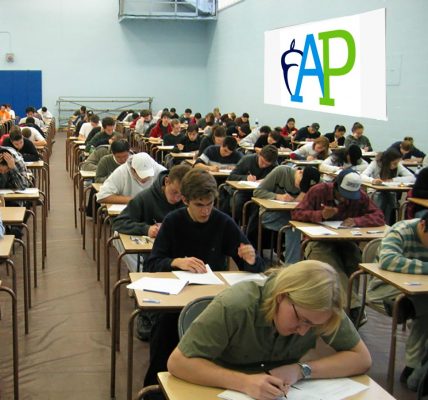By Amelia Mcully
Graduating seniors across the country are warned about the potential onset of “spring fever” during the second semester of their final year. However, the class of 2020 now faces a much more imminent threat: coronavirus. While spring semester is usually spent care-free as students prepare for graduation and the transition to higher education, the pandemic has sparked worry amongst upperclassmen. For seniors, the opportunity to tour colleges before decision day on May 1 has been relinquished. Juniors, on the other hand, have faced standardized test cancellations until at least June. A cloud of uncertainty hangs over high school students’ futures, and numerous have been left asking: how are colleges adapting?
91.3 percent of students world-wide have been removed from a traditional classroom setting according to UNESCO’s coronavirus report. In the US, states are making the transition to “distance learning”, or online schooling. Naturally, counties with a higher percentage of low-income families are struggling to ensure technological access for all students, leading to a massive discrepancy in participation. St. John’s County’s solution involved the distribution of laptops and hotspots to students in need. Though the computers were stretched thin, the real issue lay in the hotspots, which had a much higher demand than supply. While the county works through issues that are being addressed nation-wide, College Board has stepped up to offer support.
Due to the nature of the school closures, College Board has announced the option for at-home AP testing. Tests can be taken on any device with internet connectivity, and they have been adjusted to 45 minutes rather than the standard three hours. Technological resource assistance has been offered to students in need. As for those worried about college credit, the College Board announced that they are “confident that the vast majority of Higher Ed institutions will award credit as they have in the past.”
Though AP students may find solace in these solutions, those looking to take the SAT and ACT may be disappointed. Both tests have been cancelled until at least June, with options to extend closure, leaving rising seniors worried as to how they will improve their scores by early action application deadlines. Some universities, like University of Oregon and the University of California (UC) school system, have responded by enacting test-optional policies for the Class of 2021. UC schools have gone step further, removing requirements for winter, spring, and summer transcripts for admitted students in the Class of 2024, and offering “leniency” to applicants applying for a place in the Class of 2025. Surely, more universities will follow suit as cancellations are extended.
Some universities… have responded by enacting test-optional policies for the Class of 2021.
Another concern among seniors is decision day. Traditionally May 1, this deadline signals the last day to submit an enrollment deposit for college. However, many students have been unable to tour schools they’ve been offered admittance, as decisions were released as late as April 1 for some universities. With in-person tours no longer an option, schools suggest virtual campus tours. For some students, this option just simply isn’t good enough. After all, it is incredibly difficult to gain a sense of community from behind a computer screen. Students have petitioned colleges to alter deadlines to June 1 as a result, giving them more time to choose a school and allocate funds. While some have stuck to the May 1 deadline, 357 universities have extended it.
There is no clear timeframe as to when routine will return to normal. The situation is constantly evolving, and as such, so are college timelines. Adaptation is a necessity in this time, and until things return to “normal”, more change is certain to come.
Picture via Wikimedia Commons





